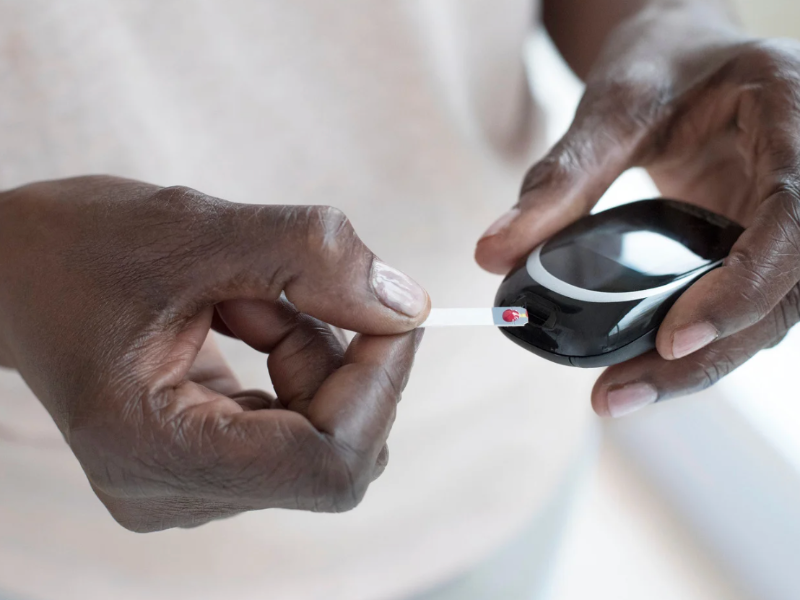Diabetes in 2025: New Guidelines Focus on Technology, Nutrition, and Prevention
Diabetes continues to affect millions of Americans, but new 2025 guidelines from the American Diabetes Association (ADA) and the American College of Lifestyle Medicine (ACLM) are reshaping how the condition is managed. These updates emphasize early detection, personalized care, and lifestyle interventions that go beyond blood sugar control to improve overall health.
The ADA’s 2025 Standards of Care highlight several major changes. One of the most notable is the expanded use of continuous glucose monitors (CGMs), now recommended not only for insulin users but also for adults with type 2 diabetes who are on other glucose-lowering medications. CGMs provide real-time insights into blood sugar levels, helping patients and providers make informed decisions and avoid complications.
Another key update involves the use of GLP-1 receptor agonists. Originally prescribed for weight loss, these medications are now recognized for their benefits to heart and kidney health. The ADA also advises continuing weight-loss medications even after goals are met, to maintain metabolic improvements and prevent weight regain.
Nutrition guidance has been broadened to encourage plant-based proteins and fiber-rich foods. The ADA recommends evidence-based eating patterns that support metabolic goals while keeping total calories in check. Water is the preferred beverage, and nonnutritive sweeteners may be used in moderation to reduce sugar intake.
The ACLM’s 2025 guidelines take a lifestyle-first approach, especially for managing type 2 diabetes and prediabetes. Their recommendations include six pillars of lifestyle medicine: whole food, plant-predominant eating, regular physical activity, restorative sleep, stress management, positive social connections, and avoiding risky substances. Clinicians are encouraged to assess patients’ baseline habits and use SMART goals—Specific, Measurable, Achievable, Relevant, and Time-bound—to guide behavior change.
Physical activity remains a cornerstone of diabetes care. The ACLM advises combining aerobic and strength training exercises, tailored to each individual’s needs and readiness. The FITT framework—frequency, intensity, time, and type—is used to help structure exercise plans that are both effective and sustainable.
The ADA also introduced new screening recommendations for presymptomatic type 1 diabetes, especially for individuals with a family history or genetic risk. Antibody-based testing can identify the condition early, allowing for timely intervention and better outcomes.
In addition, the guidelines address emerging concerns such as medication shortages and recreational cannabis use. Patients are advised to have contingency plans for managing their diabetes during times of drug unavailability. The ADA also warns that cannabis use may increase the risk of diabetic ketoacidosis, particularly in those with type 1 diabetes.
With diabetes rates continuing to rise, these 2025 guidelines offer a proactive and holistic approach to care. By combining technology, medication, and lifestyle strategies, healthcare providers and patients can work together to prevent complications and improve quality of life. Whether through diet, exercise, or early screening, the message is clear: managing diabetes is no longer just about blood sugar—it’s about total health.





